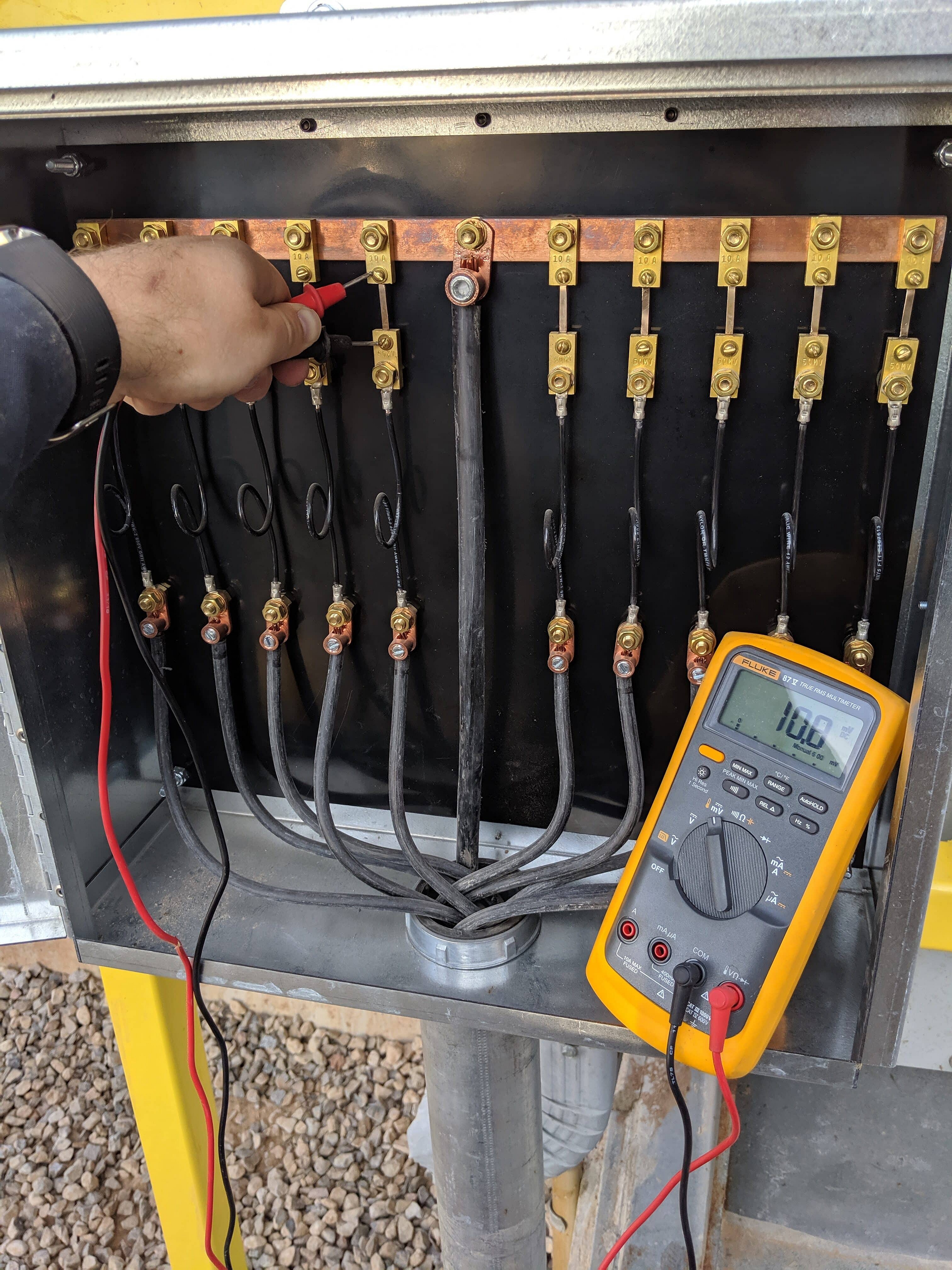Workmanlike Installations – What’s really changed in NEC 2023
Ensuring Safety and Compliance in Electrical Systems
In the realm of electrical installations, the term “workmanlike” is often bandied about, but its significance cannot be overstated. A workmanlike installation is one that adheres to the highest standards of craftsmanship and quality, ensuring not just functionality, but also safety and longevity. It is a linchpin in the broader framework of electrical safety, directly impacting the well-being of individuals and the integrity of structures.
Understanding Workmanlike Installations
At its core, a workmanlike installation refers to an approach that embraces professionalism, precision, and adherence to established guidelines. This concept is not merely about technical competence but embodies a broader ethos of pride in workmanship and rigorous attention to detail. For electricians and installers, this means employing best practices, using appropriate materials, and ensuring that every aspect of the installation is executed flawlessly.
Workmanlike installations cover a wide range of activities within the electrical field, including wiring, conduit installation, panelboard setup, and grounding systems. Each of these components must be meticulously executed to ensure the overall system’s reliability and safety.
NEC Requirement for Workmanlike Installations
The National Electrical Code (NEC), which sets the standard for electrical installations in the United States, explicitly addresses the need for workmanlike installations. According to NEC 2020 Article 110.12, “Electrical equipment shall be installed in a neat and workmanlike manner.” This directive underscores the importance of not just meeting the minimum safety requirements but doing so with a level of craftsmanship that upholds the integrity and safety of the electrical system.
IN 2023, changes were made to Article 110.12 “Mechanical Execution of Work” which now requires installations in a “Professional and Skillfull Manner”. While the language has changed from workmanlike for the first time in over a century, to be more gender neutral, the requirement is essentially the same.
Why Workmanlike Installations Matter
1. Ensuring Safety
The primary reason workmanlike installations are critical is safety. Poorly executed electrical work can lead to a host of hazards, including electrical shocks, fires, and equipment failures. By adhering to the principles of workmanlike installation, electricians significantly reduce these risks, protecting both lives and properties.
For instance, a neatly arranged panelboard with properly secured conductors is less likely to suffer from short circuits or overheating. Similarly, correct grounding practices ensure that in the event of a fault, the electrical system dissipates excess energy safely, preventing potential hazards.
2. Enhancing System Reliability
Workmanlike installations also play a vital role in enhancing the reliability of electrical systems. A well-installed system is less prone to failures and requires fewer repairs and maintenance over its lifespan. This reliability is particularly crucial in settings where uninterrupted power supply is essential, such as hospitals, data centers, and industrial facilities.
3. Compliance and Legal Implications
Compliance with the NEC and other relevant codes is not just a matter of best practice but a legal requirement. Non-compliance can result in severe penalties, including fines and legal action. Workmanlike installations ensure that electrical systems meet all regulatory requirements, thereby mitigating the risk of legal issues. Some of our forensic inspections have concluded with the installation was so poorly constructed that it fails to meet NEC 110.12.
4. Cost Efficiency
While it might seem that the meticulous approach of workmanlike installations would incur higher initial costs, it is important to consider the long-term savings. Quality installations reduce the frequency and severity of repairs, extend the lifespan of electrical systems, and enhance overall efficiency. This cost efficiency makes workmanlike installations a sound financial investment.
Characteristics of Workmanlike Installations
To achieve a workmanlike installation, several characteristics must be present:
- Neatness: Cables and conductors should be neatly arranged and secured, avoiding tangled or disorganized setups that could lead to potential hazards. Flat cables should never be stapled on edge.
- Proper Use of Materials: Using the right materials for the job, such as selecting appropriate wire gauges, conduit types, and fittings, ensures the installation can handle the expected electrical load without degradation.
- Attention to Detail: Meticulous attention to every aspect of the installation, from ensuring tight connections to correctly labeling circuits, is essential.
- Adherence to Standards: Following the NEC and other relevant codes and standards, and staying updated with any changes or amendments to these guidelines.
- Professionalism: Demonstrating a commitment to excellence, ongoing education, and ethical conduct in all aspects of the job.

Challenges and Solutions
Despite the clear advantages, achieving workmanlike installations can be challenging. Factors such as tight deadlines, budget constraints, and varying skill levels among workers can compromise the quality of installations. However, these challenges can be mitigated through several strategies:
1. Training and Education
Continuous education and training for electricians are crucial. Keeping abreast of the latest industry practices, technological advancements, and code updates ensures that electricians are well-equipped to deliver quality installations.
2. Strong Leadership
Project managers and senior electricians must lead by example, promoting a culture of excellence and professionalism. Their role in setting high standards and providing guidance is pivotal in ensuring workmanlike installations.
3. Adequate Planning
Proper planning and resource allocation are essential. By allowing sufficient time and budget for each project, electricians can focus on quality without undue pressure.
4. Quality Control
Implementing robust quality control measures, such as regular inspections and audits, helps identify and rectify issues before they become significant problems.
Conclusion
In summary, workmanlike installations are fundamental to the safety, reliability, and compliance of electrical systems. The NEC’s emphasis on this principle highlights its importance in the industry. By fostering a culture of craftsmanship and professionalism, we can ensure that our electrical installations not only meet but exceed the highest standards of quality.
As we continue to advance in technology and complexity, the adherence to workmanlike practices remains a timeless and essential aspect of electrical work. It is a commitment to excellence that safeguards lives, enhances system performance, and upholds the integrity of our built environments.
We at Dreiym Engineering have run into situations where installations may be technically to code, but done very sloppy or poorly executed. Taking pride in work is a cornerstone of the electrical trade, and important to the installations that our industry creates. Contact Us if you have concerns about an installation or require an electrical engineer consultant.












































